印度网友问:怎么几乎所有东西都是中国制造的?印度制造呢?
中国是世界贸易大国,制造业让国家整体实力得到大幅提升,出口市场不断国际化和多元化,中国制造的产品行销世界各地。出口和国际竞争力呈正相关关系,中国的前十大出口产品约占全球总出口额的三分之二。在美版知乎Quora上,印度网友提问道:凭什么几乎所有商品都是中国制造的?这引起各国网友的围观和热议,我们来看看他们的观点。

问题:凭什么几乎所有商品都是中国制造的?

美国专家David Levy的回答
Those of us born in North America, if we are old enough, can remember the great changes in the economic pattern brought about by World War II and the Korean War in the 1950s and 1960s. War ravaged countries took the opportunity to rebuild themselves. They first experienced the stage of "product export economy".
我们这些出生在北美洲的人,如果年龄足够大,就能记得五六十年代,二战和朝鲜战争带来的经济格局的巨变。遭受战争蹂躏的国家借机重建自己,它们首先经历了“产品出口经济”阶段。

As early as the 1950s and early 1960s, Japan was a world-famous country that made cheap "garbage". Cheap toys, cheap plastic goods and daily necessities flooded the global market. After accumulating a certain amount of capital, the high labor cost made them withdraw from the field of cheap commodity manufacturing. They began to produce goods with better quality and higher added value. They transferred the cheap commodity manufacturing industry to other low labor cost regions, such as South Korea, Taiwan and Hong Kong.
早在20世纪50年代和60年代初,日本就是世界著名的制造廉价“垃圾商品”的国家,廉价玩具,廉价塑料商品和日用品充斥着全球市场。在积累了一定量的资本之后,高企的劳动力成本让他们从廉价商品制造领域中退出,他们开始生产质量更好、附加值更高的商品,他们把廉价商品制造业转移到其他低劳动力成本地区,如韩国、台湾地区和香港地区。

These countries and regions followed the same trend as Japan. By the 1970s and 1980s, they developed from manufacturing cheap goods to manufacturing higher quality value-added goods. By around 1990, labor costs in these areas had become too high, factories began to move to mainland China, and this trend continued.
这些国家和地区遵循着与日本相同的趋势,到70年代和80年代,从制造廉价商品发展到制造更高质量的增值商品。到1990年左右,这些地区的劳动力成本已经变得太高,工厂开始迁往中国内地,而且这种趋势还在继续。
The following are China's top ten export products at this stage: Machinery (including computers): 226.7 billion US dollars (down - 0.4% since 2018); electromechanical equipment: 174.2 billion US dollars (up 21.9%); furniture, bedding, lighting, signs, prefabricated buildings: 96 billion US dollars (up 3.8%) knitted or crocheted clothing, Accessories: $67.8 billion (down - 3.4%), clothing and accessories (non knitted or crocheted): $62.3 billion (down - 7.4%), toys, games: $60.3 billion (up 10.3%), steel goods: $59.7 billion (up 8.9%), footwear: $42.2 billion (down - 0.7%), miscellaneous textiles, used clothes: $27.4 billion (up 0.3%), leather / animal intestinal products: $25.6 billion (down - 3%)
以下是中国现阶段前十大出口产品:机械(包括计算机):2,267亿美元(自2018年以来下降-0.4%)机电设备:1742亿美元(增长21.9%)家具,床上用品,照明,标志,预制建筑物:960亿美元(增长3.8%)针织或钩编服装,配件:678亿美元(下降-3.4%)服装和配件(非针织或钩编):623亿美元(下降-7.4%)玩具,游戏:603亿美元(增长10.3%)钢铁物品:597亿美元(增长8.9%)鞋类:422亿美元(下降-0.7%)杂项纺织品,旧衣服:274亿美元(增长0.3%)皮革/动物肠道用品:256亿美元(下降-3%)。
China has developed from manufacturing cheap goods to products with higher technological added value. Now, with the increase of labor costs in China, more factories producing cheap goods are moving from China to other countries with lower labor costs, such as India, Southeast Asia and other countries.
可以看到,中国从制造廉价商品开始,已经发展到技术附加值更高的产品。现在,随着中国劳动力成本的增加,已有更多生产廉价商品的工厂正从中国转移到其他劳动力成本较低的国家,比如印度,东南亚等国家。
But since the manufacturing industry in other countries is rising, why are most of the things we usually use made in China? This depends on the engineering triangle. China can produce high-quality, fast and cheap products, which gives China unparalleled advantages.
可是既然其他国家的制造业正在崛起,为什么我们平时用的东西大多数都是中国制造呢?这取决于工程三角,中国可以生产优质、快速、廉价的产品,这让中国拥有着无与伦比的市场竞争优势。
• China has invested a lot of money in infrastructure. The factory has reliable power, accessible highway and railway systems, and large modern ports, which constitute the most advanced logistics system in the world.
• 中国在基础设施方面投入了大量资金,工厂拥有可靠的电力、四通八达的公路和铁路系统,以及大型现代化港口,构成了世界上最先进的物流系统。

• a mature supply chain can provide almost all required components and materials, with competitive delivery cycle and price, which is a great advantage for complex products (such as electronic components).
• 成熟的供应链,能够提供几乎所有需要的组件和材料,并具备富有竞争力的交付周期和价格,对于复杂的产品(如电子元件),这是一个巨大的优势。
• a well-educated and well-educated young workforce. Enough smart, well-educated and motivated people will do whatever they are determined to do.
• 拥有受过教育、年轻可靠的劳动力,健全的基础学科的教育。足够多的聪明、受过良好教育、有干劲的人将完成他们下定决心要做的任何事情。
• stable and consistent government policies and prudent financial and monetary policies. The government will formulate economic plans during its term of office to let enterprises know what the government will do every year. In addition, the country has stable society and positive atmosphere, which provides a good external environment for the development of enterprises.
• 稳定一贯的政府政策和稳健的金融和货币政策,政府会制定任内的经济计划,让企业每年都知道政府会做什么。再一个,这个国家社会稳定,风清气正,为企业发展提供了良好的外部环境。
• good neighbors. China's inherent geographical location has made it a priority for cooperation among developed economies. Many factories in mainland China are joint ventures with Japanese, Taiwanese, Singaporeans and Koreans.
• 好邻居。先天的地理位置让中国成为发达经济体合作的优先方向,许多中国内地的工厂是同日本人、台湾人、新加坡人和韩国人合作的合资工厂。
China's population adapts to the growth of economies of scale. When the output scale of the enterprise reaches a certain level, the organic combination of various production factors produces the effect that one plus one is greater than two, and the average cost shows a downward trend. Flow operation and automatic production are the embodiment of economies of scale. If you are making shirts, you want to be close to the button factory, zipper factory, etc.
中国的人口适应规模经济的增长。当企业的产量规模达到一定水平后,由于各生产要素的有机结合产生了一加一大于二的效应,平均成本呈下降趋势。流水作业、自动化生产等都是规模经济的体现。如果你在做衬衫,你想靠近纽扣厂、拉链厂等等。
Perhaps many people will swear that the reasons for the success of made in China are the following factors:
也许很多人会信誓旦旦说道,中国制造成功的原因是以下因素:
• cheap labour;
• 廉价劳动力;
• extension of workers' working hours;
• 工人劳动时间的延长;
• loose environment, imperfect labor or safety regulations.
• 宽松的环境、尚不健全的劳动或安全法规。
They rudely concluded that, in general, China is a sweatshop country that reduces labor costs by enslaving workers.
他们粗暴地得出结论:总的来说,中国是一个血汗工厂国家,通过奴役工人来降低劳动力成本。
Don't believe these fallacies: my evidence is that many countries with low labor costs and poor worker protection have never become manufacturing powers. If the labor cost in these places is so low, why don't they get the advantage of low production cost?
不要相信这些谬论:我的证据是——许多劳动力成本较低、工人保护较差的国家从未成为制造业的强国。如果这些地方的劳动力成本如此之低,为什么他们没有获得低生产成本的优势呢?
The reason: it's not just about labor costs. This is about the total cost and benefit of choosing China as a manufacturing base.
原因是:制造业不仅仅关乎劳动力成本,而是关乎选择中国作为制造业基地的低总成本和高收益。
If the employer requires time and cost:
如果需求方要求时间和成本:
A large number of Chinese products are designed to be available quickly and cheaply. As a result, "quality" is compromised, and it is precisely because of speed and cheapness that these products usually fail faster than other similar products.
大量中国产品的设计目的是快速、廉价地提供。因此,“质量”受到了损害,正是因为快速和廉价,这些产品通常比其他同类产品失效更快。
If the employer puts forward quality requirements:
如果需求方提出质量要求:
China also has the ability to produce high-quality products. Most of Lenovo, apple and other electronic products come from China. They are usually of high quality and can be purchased immediately.
中国也有生产高质量产品的能力,联想、苹果等电子产品的大部分都来自中国。它们通常质量很高,可以立即购买。
In fact, in some production areas, China is ahead of the whole earth. For example, large-scale simulation and structural testing (such as huge shaking table) - if you want to perform some of these tests, other countries don't have the ability, you have to go to China to do it.
事实上,在某些生产领域,中国领先于整个地球。例如,大规模模拟和结构测试(例如,巨大的振动台)——如果你想执行其中一些测试,其他国家没有能力,你必须去中国才能做到。
Therefore, as China enters other fields such as semiconductor manufacturing and commercial aircraft production, I can only say that Boeing, Airbus, Intel and AMD had better speed up their pace, otherwise they will be marginalized in the next step.
因此,随着中国进入半导体制造和商用飞机生产等其他领域,我只能说,波音、空客、英特尔和AMD最好加快他们的步伐,否则他们下一步将被边缘化。

英国网友威廉•罗根的回答
Because China is a country that has successfully walked out of the trap of neocolonialism, while the West has been creating neocolonial scams to the third world after World War II.
因为中国是一个成功走出新殖民主义陷阱的国家,而西方在二战后一直在向第三世界制造新殖民主义骗局。
The trap is simple. Capitalists need cheap labor, so they turn their eyes to third world countries, bribe governments and build sweatshops. They transferred low-tech jobs to local workers and left high-tech jobs in their country. Bankers lent large amounts of dollars to the country to let them sell their sovereignty and resources.
这个陷阱很简单。资本家需要廉价劳动力,所以他们将目光投向第三世界国家,贿赂政府,建造血汗工厂。他们将低技术工作转移给当地工人,将高技术工作留在自己的国家,银行家们以美元向这个国家发放大笔贷款,让他们出卖主权和资源。
When third world countries began to experience initial economic growth, local people could afford products, while investors from rich countries received a larger share of the cake. When local people are rich enough to buy factories and start learning to make high-tech products, bankers in rich countries will adjust interest rates or take other measures to make local funds begin to flow back to the United States.
当第三世界国家开始经历初期的经济增长时,当地人可以负担得起产品,而来自富裕国家的投资者则得到了更大的蛋糕份额。当当地人足够富有,可以购买工厂并开始学习制造高科技产品时,富裕国家的银行家会调整利率或采取其他一些手段,使当地资金开始回流到美国。
When the local currency depreciates and local companies cannot pay their loans, their economy begins to collapse, and the local people's wealth will shrink sharply in an instant. The local capitalists will buy the factory again at a very cheap price.
当地货币贬值,当地公司无法支付贷款,他们的经济就开始崩溃,当地人的财富会瞬间大幅度缩水。然后,富有的资本家会以非常便宜的价格买下当地的工厂,再重新开始了循环。
China has successfully got rid of this vicious circle because the Chinese learn so fast that Westerners slander it as theft. Obviously, the West does not have enough power to force China to give up technological upgrading.
中国成功地摆脱了这种恶性循环,因为中国人学习得太快了,以至于西方人诽谤之为偷窃。显然,西方没有足够的力量迫使中国放弃技术升级。
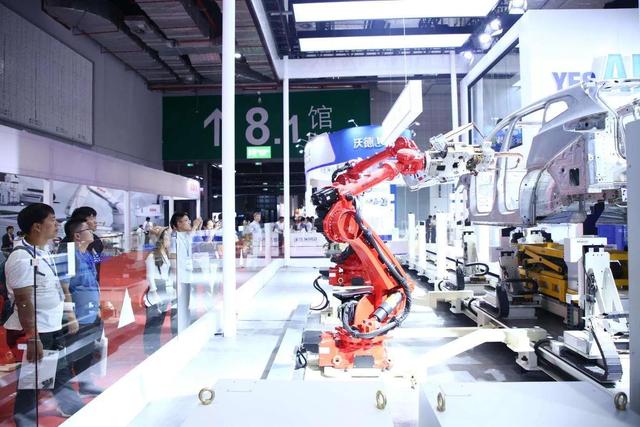
China's industrial chain is the most sound in the world. China is strong and tough enough to resist the financial scams of Wall Street. More importantly, capitalist countries have found that they can no longer deal with China together as they did with Southeast Asia in 1997, because many large multinational companies say they are too dependent on China to afford the cost of dealing with China.
中国的产业链是世界上最为健全的,中国足够强大和强硬,足以抵御华尔街的金融骗局。更重要的是,资本主义国家发现,他们不能再像1997年对东南亚那样,联手对付中国,因为许多大型跨国公司都表示,他们太依赖中国了,以至于负担不起再对付中国的成本。
For them, the cost of destroying China's economy is too high. But the problem is: if we don't let China's economy collapse and fool the people, the west can't explain the relative superiority of its social system. So now we see something interesting happening: some capitalists are very angry with China, they are eager to destroy China's economy, while others are still hesitant.
对他们来说,破坏中国经济的代价太大。但问题是:如果不让中国的经济崩溃然后愚弄民众,西方就无法解释其社会制度的相对优越性。因此,我们现在看到有趣的事情发生了:一些资本家对中国非常愤怒,他们渴望破坏中国经济,而另一些资本家仍在犹豫。
For example, when Apple finds that their sales in China are not as good as before, apple shareholders and executives will be sad or even angry. Tesla now wants to produce cars in China, ignoring Trump's warning, Qualcomm's decision to cooperate with China and so on show this.
例如,当苹果发现他们在中国的销售不如以前时,苹果股东和高层会难过甚至震怒,特斯拉现在要在中国生产汽车,无视特朗普的警告,高通决定与中国合作等等都表明了这一点。
Now, many capitalists do not want to play the old-fashioned zero sum game. They note that China can provide them with a better way to make profits, which is an alternative to neocolonialism.
现在,许多资本家不太想玩老式的零和游戏,他们注意到,中国可以为他们提供更好的盈利方式,这是新殖民主义之外的另一种选择。
The United States and the entire NATO group are at a crossroads. Either the old military energy industry complex persuades high-tech enterprises to play the zero sum game, or China persuades high-tech companies to play the new oboe game. Obviously, the latter is more attractive to emerging technology enterprises.
美国和整个北约集团正处于十字路口。要么旧的军事能源工业复合体说服高科技企业玩零和游戏,要么中国说服高科技公司玩双簧管新游戏,显然,后者对新兴科技企业更具吸引力。

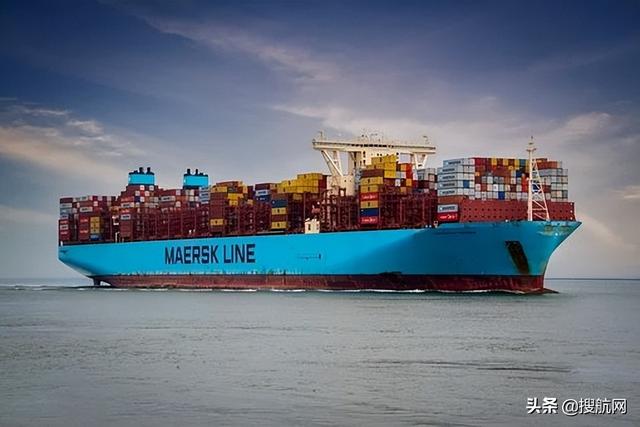
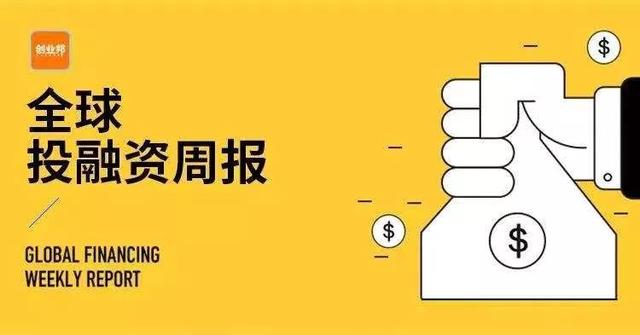


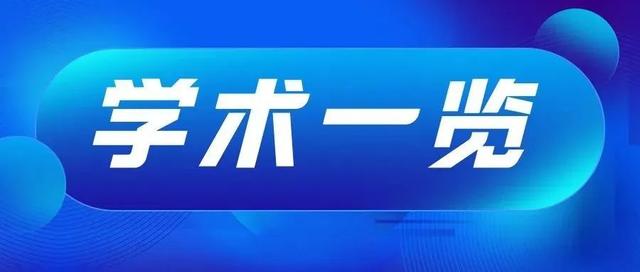




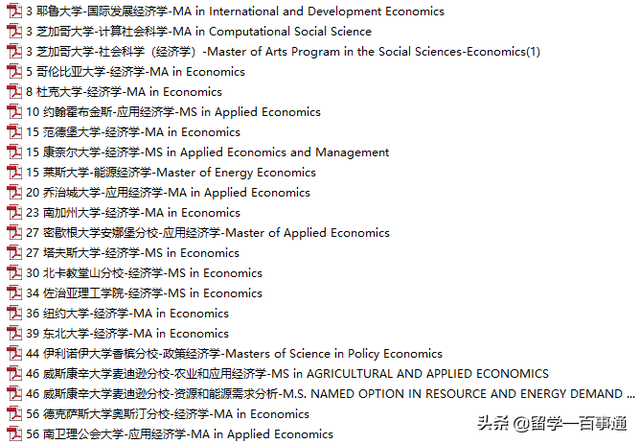











评论